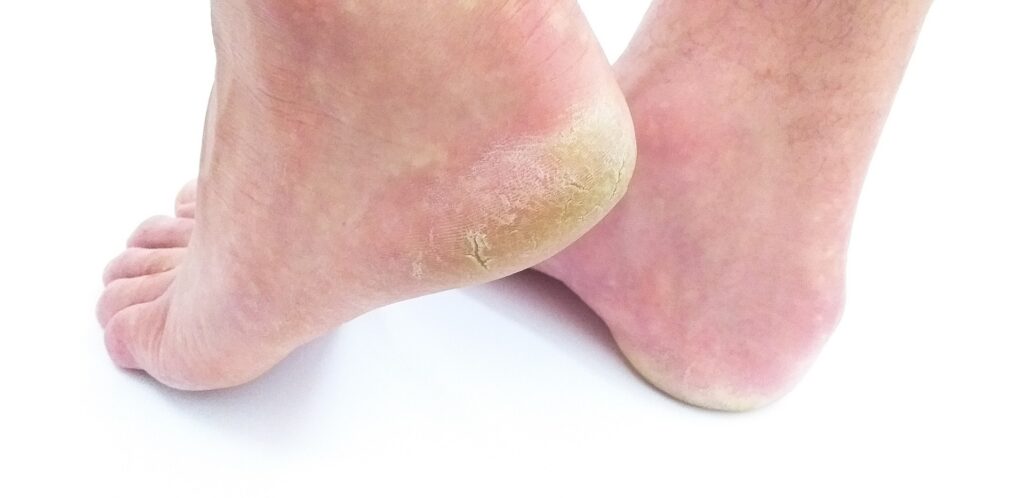Pes Cavus: More than Just High Arches
Typically discovered in children during the first decade of life, pes cavus – or cavus foot – is prevalent in approximately 10% of adults in the U.S.
What is cavus foot?

Cavus foot is a condition in which the foot has an arch that is higher than normal. While cavus foot deformity varies in severity from a subtle and flexible to a severe and fixed deformity, careful assessment by an orthopedic foot surgeon or podiatrist is required to identify and prescribe the correct pes cavus treatment.
People who suffer from pes cavus usually experience sore feet from walking and standing, as they place an excessive amount of weight on the ball and heel of the foot. Children with cavus foot also experience frequent ankle sprains, since high arches cause the ankle to naturally roll outward.
What causes cavus foot?
The most common cause of pes cavus is a nerve or muscle disease that develops slowly in children, typically by the age of 10. These diseases include:
- Charcot-Marie-Tooth disease (CMT)
- Spina bifida
- Muscular dystrophy
- Polio
- Stroke
- Trauma or injury to leg and spinal cord nerves
- Trauma or injury to leg muscles
While congenital pes cavus is rare, many causes of cavus foot in children are inherited genetic disorders. In adults, two-thirds of symptomatic cavus foot is caused by an underlining neurologic condition, though spinal cord tumors can cause muscle imbalances in the legs and feet that result in high arches. Adults with a new-onset of pes cavus deformity in one foot that wasn’t caused by trauma should be screened for spinal tumors.
Common Pes Cavus Symptoms
There are a few common cavus foot symptoms in addition to an unusually high arch, including:
- Claw toes (toes clenched like a fist)
- Hammertoes (bent toes)
- Pain when walking or standing
- Calluses on the ball, heel or side of the foot
- Instability
- Frequent ankle sprains
- Difficulty finding footwear that fits

How is cavus foot diagnosed?
An orthopedic foot surgeon or podiatrist will first review the patient’s family medical history for possible inherited disorders that cause pes cavus deformity and perform an exam to check for a high arch, hammertoes, claw toes and calluses. The foot specialist will test foot, ankle and leg muscle strength and observe the patient’s walking pattern and coordination.
The foot doctor may also order X-rays and other tests, including a blood test for CMT, weight-bearing radiographs and electromyogram and nerve conduction velocity (EMG/NCV) studies. If a neurological disorder is suspected, an MRI of the spine and brain and a referral to a neurologist are likely.
Pes Cavus Treatment
Nonsurgical treatment methods are typically used to help relieve pain and improve stability for both children and adults with cavus foot deformity. These methods include orthotic devices such as cavus foot inserts, bracing to help keep the foot and ankle stable and specialty cavus foot shoes with a wider heel and high-top ankle.

Cavus Foot Surgery
If nonsurgical treatment methods fail, surgery may be required to address pes cavus pain and instability. There are multiple surgical procedures that can help improve the symptoms of cavus foot – and an orthopedic foot surgeon will determine which procedure or combination of procedures will be most successful. While joint-sparing surgery is often performed on flexible cavus foot, soft-tissue releases, osteotomies and tendon transfers are also common procedures.
If you or your child are experiencing symptoms of pes cavus, it’s important to see a foot specialist for a proper diagnosis as soon as possible. The earlier cavus foot and its underlining cause is diagnosed, the better it can be managed.
If you have any questions or concerns about pes cavus, please contact us for an appointment at our Park City, Salt Lake City, Draper or Tooele orthopedic clinic today.
Leave a Reply